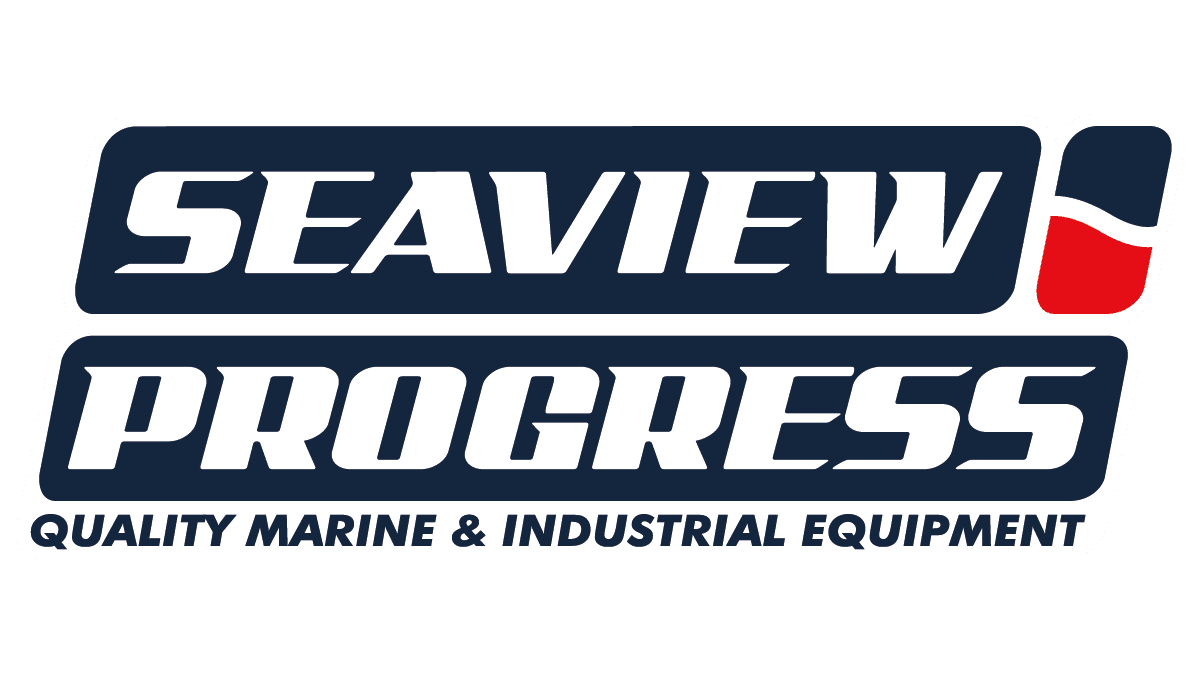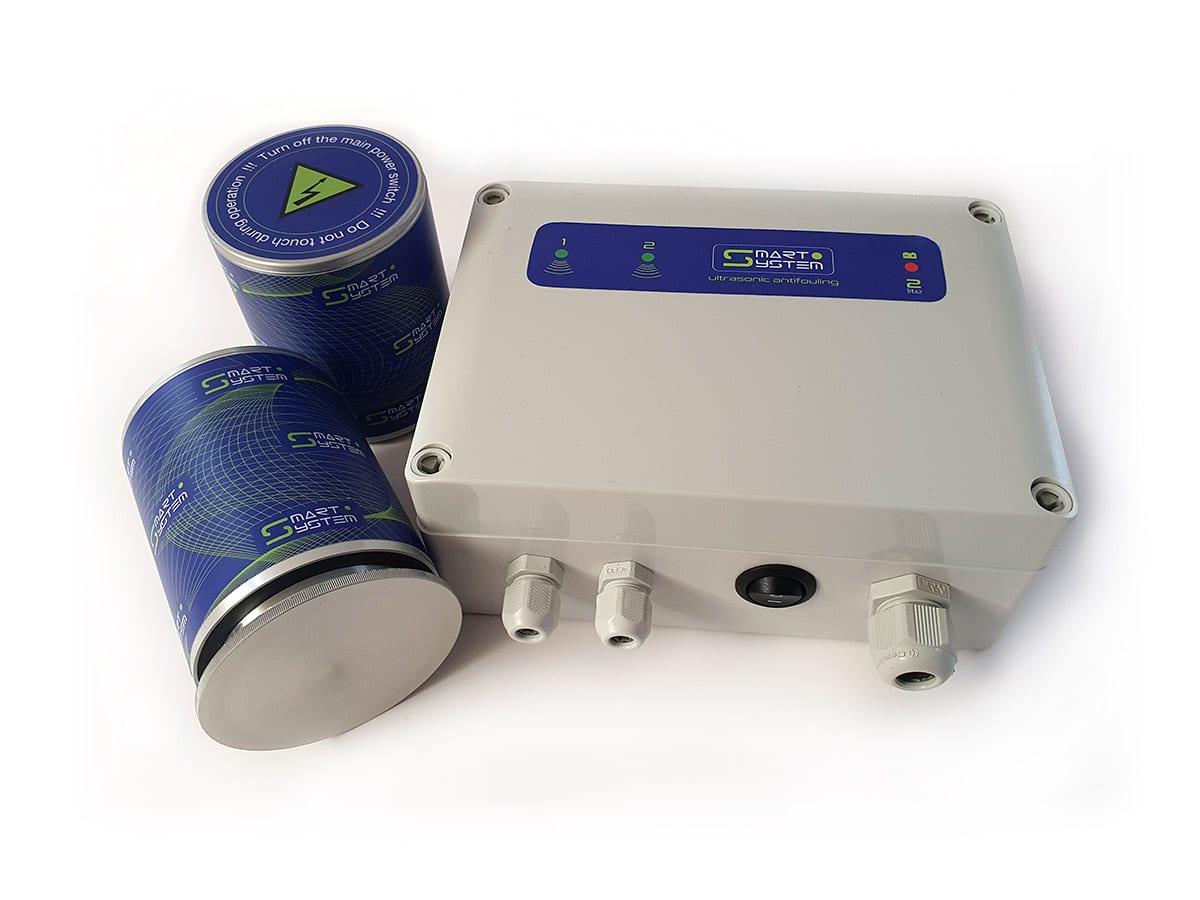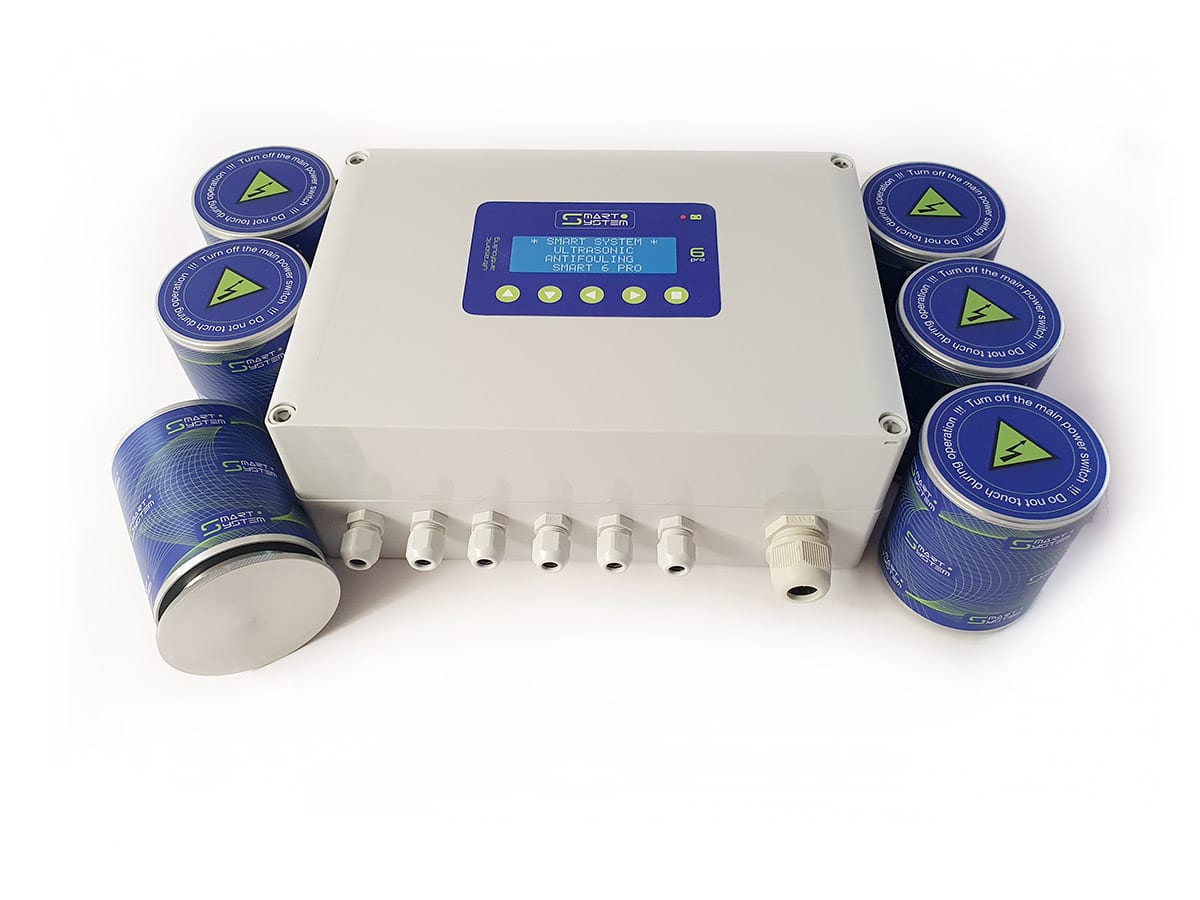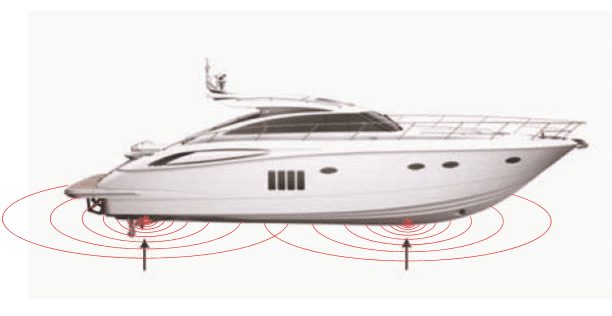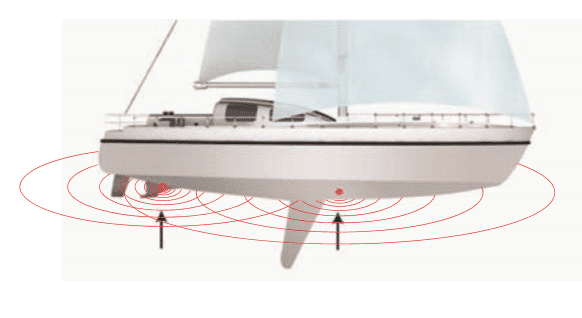
Les embarcations sont naturellement sujettes à l'accumulation d'organismes tels que les algues et les bernacles sous la ligne de flottaison, conduisant à une accumulation inesthétique et dommageable.
Ce problème, s'il n'est pas traité, peut considérablement altérer la performance et l'efficacité d'un bateau. Les systèmes d'antifouling ultrasoniques offrent une solution proactive et peu exigeante.
Ces systèmes utilisent des ondes ultrasoniques pour prévenir l'accumulation de croissance marine, assurant ainsi que la coque reste propre et efficace.
En empêchant l'accumulation significative, ces systèmes maintiennent non seulement l'attrait esthétique du bateau, mais améliorent également sa vitesse et son efficacité énergétique.
La technologie élimine efficacement le processus laborieux du retrait régulier du fouling, permettant un entretien facile et continu.
